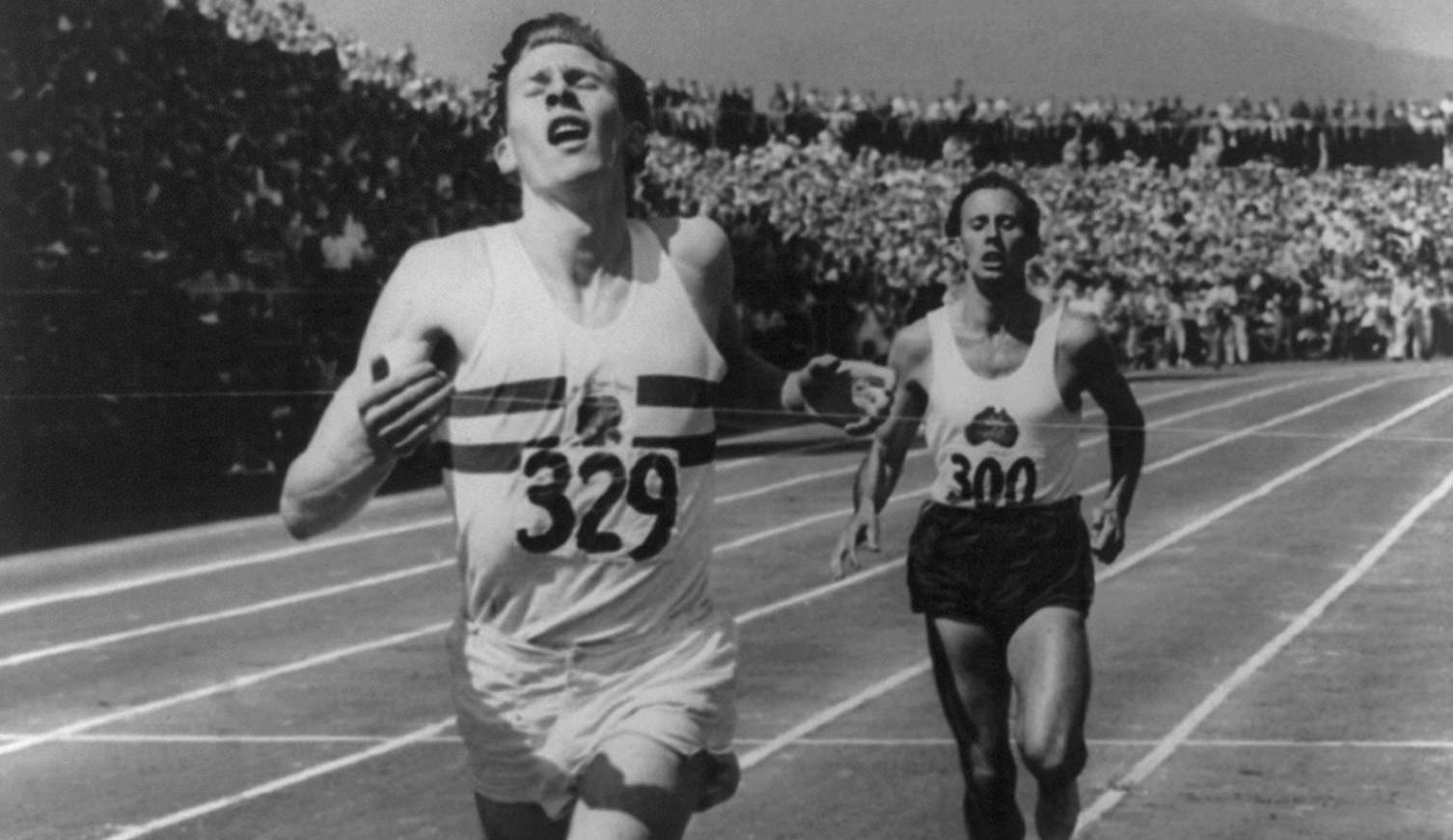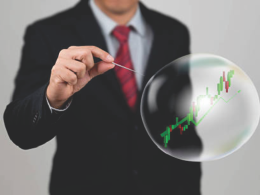by Cole Smead, Smead Capital Management
Due to the pandemic, there is a sense of permanence on Wall Street to what has transpired. This permanence focuses on the changes that we have seen in the recent five months in our daily lives. These changes include shopping online versus shopping in-person, getting takeout versus sitting in a restaurant and working from home instead of talking sports around the water cooler with our colleagues. The question at hand for this argument of permanence is whether it is truly permanent or if it is temporary. The definition of permanent is, “lasting or intended to last or remain unchanged indefinitely.” So, to us this begs the simple question: will our lives remained changed indefinitely?
As I look for things to fill my time these days, I have found myself reading often. It’s not uncommon to find me at the only bookstores open in Phoenix, AZ (Barnes and Noble) trying to find a new good read to add to the mental models of our investment discipline. On my most recent visit, I picked up Neal Bascomb’s 2004 book, The Perfect Mile. Bascomb’s story focuses on three runners: the American Wes Santee, the Aussie John Landy, the Brit Sir Roger Bannister and their endeavor to be the first person to break the four-minute mile barrier. The book is a wonderful walk through the lives of these athletes. More acutely, his book brings readers into the psychology of the world at this time as it pertained to running and the world around them.
The four-minute mile was a barrier of epic proportion in the minds of mankind. According to Bascomb’s work, “The four-minute mile: this was the barrier, both physical and psychological, that begged to be broken…Each effort was like a stone added to the wall that looked increasingly impossible to breach.” As Bascomb added later, “Some physicians thought the heart had a limited number of beats over a lifetime and that speeding up the heart rate during exercise was a foolish waste of very precious resources.”
While physicians believed that the human heart was structurally impaired for exercise (let alone a four-minute mile), investors and stock market participants believe that value is structurally impaired today. One of the myths of today’s stock market is that the rate of change in business is so much higher. To explain this, investors will argue that the revenue growth of growth stocks is so much higher than it has been in the past. We personally love hearing this as it is accepted as gospel with no reference to fact.
Below is a chart that we received from UBS in partnership with the University of Maryland. They compared the return-on-equity and sales growth of growth stocks and value stocks before and after 2007. Post-2007 has been the largest drawdown of value relative to growth since 1963. The chart argues this common belief is nothing but myth.
As you can see, all stocks have produced lower return-on-equity and lower sales growth as compared to the period prior to 2007. Separately, if you compare the difference between value stocks and growth, you won’t find enough change to explain the underperformance of value relative to growth, which has been a 50% drawdown for value. In other words, it’s only slightly different than the past. It’s not dramatically different like the outperformance and market participants make the case for today.
If you take this question one step further, you would ask what represents the difference between value and growth, if it’s not sales growth and return on equity? You can almost hear a smug person in the room saying, “It’s the valuation, stupid.”
Since we love to kick dead horses, this picture is perfectly captured in the table below.
If value stays where it is in the 100th percentile, value wins. If mean reversion takes place, value wins. Why? Price is what you pay. Value is what you get. The difference in value winning is timeless. It’s the valuations changing.
The Mindset for Value Investors
As Churchill said, “We have not journeyed all this way across the centuries, across the oceans, across the mountains, across the prairies, because we are made of sugar candy.” Rather than play woe is us and doubt the future, we should be no different than John Landy, Wes Santee and Roger Bannister in their pursuit of a great human endeavor.
They were on the precipice of something amazing in their field, and in their cases, as amateurs. They dealt with a circumstance that was both physical, but predominantly psychological. After Roger Bannister was the first to break the four-minute mile, he and John Landy went on to compete in the mile at the Empire Games in 1954 in Vancouver, BC. It was touted as the “Mile of the Century.” Bannister won the race with his signature kick down the homestretch, beating the powerful Landy. He ran the mile in 3:58.8, faster than he had ever run the mile before.
We are not amateurs and are dealing with something that is purely psychological. We do know that history can make a mockery of human thought when a lack of optimism for the future is exhibited. We choose to be incredibly excited about the picture of the next 10 years as this unfolds, much like Santee, Landy and Bannister felt in 1954 as they ran toward history. Mankind has broken the four-minute mile many times since 1954. The most recent record holder is Hicham El Guerrouj of Morocco who ran a 3:43.13 in 1999.
As growth has outperformed value for almost 14 years, this is truly the “Mile of the Century” in our field. At the age of 36, it is statistically unlikely I will witness an episode as pronounced as this one. Every false start for value is just as Bascomb said, “Each effort was like a stone added to the wall that looked increasingly impossible to breach.” While we hope you walk away with our optimism and excitement, remember that you’ll need to feel just like the gents that set out to break the four-minute mile for the first time. Bascomb said, “There were times when they wanted to go out for a beer, or a date, yet knew they couldn’t. They understood that life was somehow different for them, that idle happiness eludes them.” Happiness eludes us today, but it is no reason to be idle with the opportunity we are being given.
Warm regards,

Cole Smead, CFA
The information contained in this missive represents Smead Capital Management’s opinions, and should not be construed as personalized or individualized investment advice and are subject to change. Past performance is no guarantee of future results. Cole Smead, CFA, President and Portfolio Manager, wrote this article. It should not be assumed that investing in any securities mentioned above will or will not be profitable. Portfolio composition is subject to change at any time and references to specific securities, industries and sectors in this letter are not recommendations to purchase or sell any particular security. Current and future portfolio holdings are subject to risk. In preparing this document, SCM has relied upon and assumed, without independent verification, the accuracy and completeness of all information available from public sources. A list of all recommendations made by Smead Capital Management within the past twelve-month period is available upon request.
©2020 Smead Capital Management All rights reserved.














